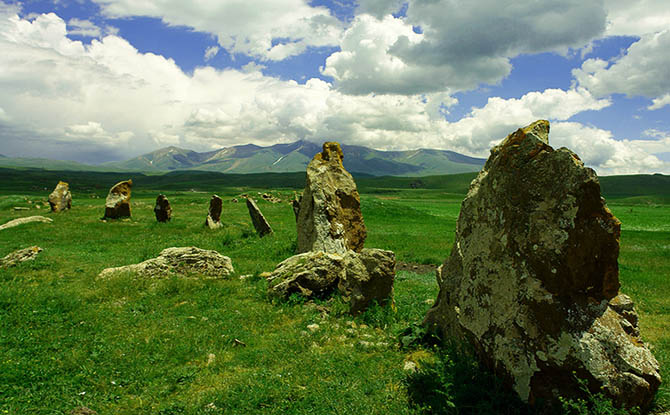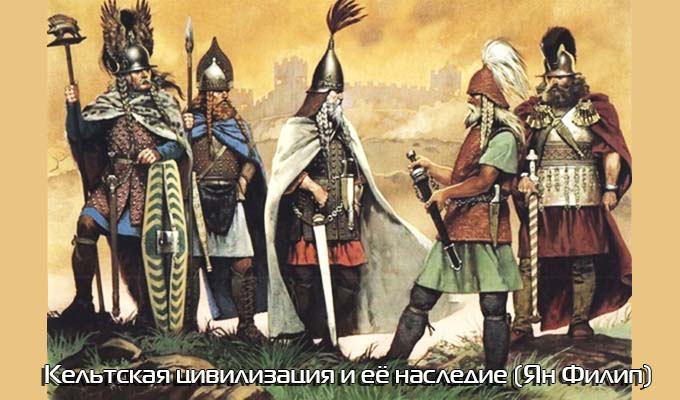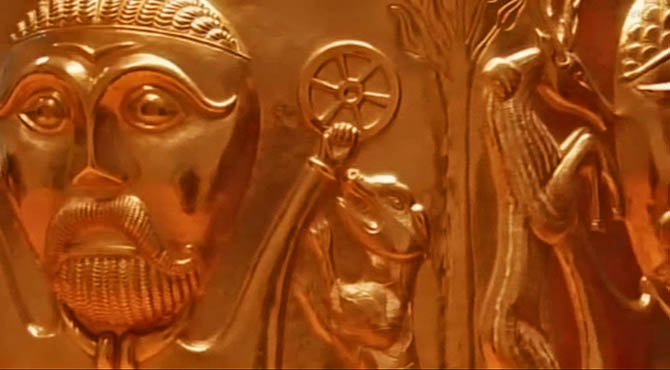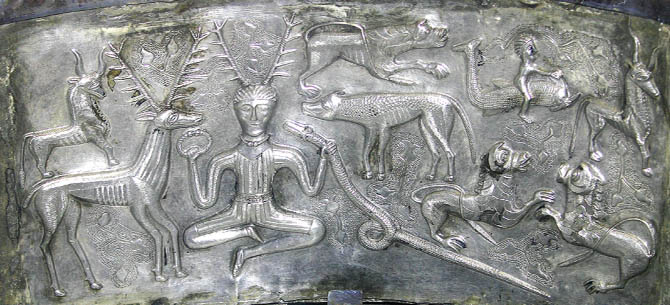
The picture of religious life of Celts is finished drawing by funeral ritual. In the previous galshtattsky time we got acquainted with ways of burial already earlier, considering princely burials. During military expansion of Celts the custom took roots to bury not burned bodies in the sepulchral holes reaching more than 1 m in depth on the general cemeteries which in archeology usually call soil (flat) burial grounds (i.e., with graves, now on a surface not allocated, unlike the custom existing earlier to fill barrows). However, it is necessary to specify that this way of burial began to prevail mainly owing to movement of Celts, here and there and in old area, but first of all in the areas occupied by them. Where there were no big movements, the old custom long kept to bury in barrows from which some, for example, in France, became platitudes of burial of certain members of society, apparently, mainly of members of one sort. In that territory where the custom of burials in barrows long kept, the Latin culture extended equally quickly not everywhere, sometimes there galshtattsko-latensky elements very long remained. Full uniformity was not in the family way of separate burials on soil burial grounds: breeding and regional features affected. The extended frames in the Carpathian hollow (in Slovakia) often lie the head to the South, in Moravia-headed to the North; there is a distinction and between separate burial grounds in the same area. On the Celtic burial grounds of this look it is possible to distinguish graves of soldiers and rich women, then burials with modest stock and burials absolutely poor in which usually there are no objects; on some burial grounds the last make sometimes 10-15% of all burials. Except the extended situation, we find burials in the writhed situation, is especially frequent in the field of Moravian Austrian and Carpathian. On some Moravian burial grounds the quantity such burial is quite considerable, and is explained, obviously, by closer contact of Celts with the local environment that on average Podunavye and in the Carpathian hollow affects also in other stock, mainly, since 2 centuries. The dead are often buried in wooden coffins or in holes which walls are imposed with a tree. Sometimes it is possible to speak directly about funeral chambers, for example, in Brno-Malomerzhitse or in Velque Manet in Slovakia. Outstanding social standing of deceased was emphasized with a ring or quadrangular ditch with which enclosed graves (Trnovets-Gorni-Yatov, Goliare in Slovakia); this way occurred and in the West and even during earlier period. In female burials jewelry, sometimes and from precious metals is more richly presented. The ceramics in an early phase of Central European Celtic burial grounds meets very seldom and appears more often only in the 2nd century. Very rich burials still of the late period, for example, the burial of the princess in Dyurena (Baden area) relating to a boundary 2 and the last centuries BC are known to us; among gifts there were also silver fasteners with a zernye, bracelets from agate and glass, gold rings, a bronze mirror with the handle, bronze vessels and a silver coin. The room in a grave of part of a wild boar (a wild boar) was typically Celtic custom. It was very ancient custom existing already in galshtattsky time, observed and in Latin time, undoubtedly, in connection with funeral custom and a funeral feast. Bones of other animals (a calf, a sheep, a cow) we find in graves only occasionally. The old custom of cranial trepanation (decrease of intra cranial pressure by cutting an oval plate from a skull) occurred and at this time. Except a corpse of situation in soil burial grounds about 3 centuries also the custom of cremation, especially in the Central European areas occupied by Celts where so buried the local primordial population takes roots. Among Celtic newcomers cremation took root unevenly, in one places quicker, in others more slowly. In some burial grounds of the end 2 centuries and the beginnings of the last century cremation prevails, but custom to bury not burned bodies Ayr kept on an equal basis with cremation till the boundary.




Leave a Reply